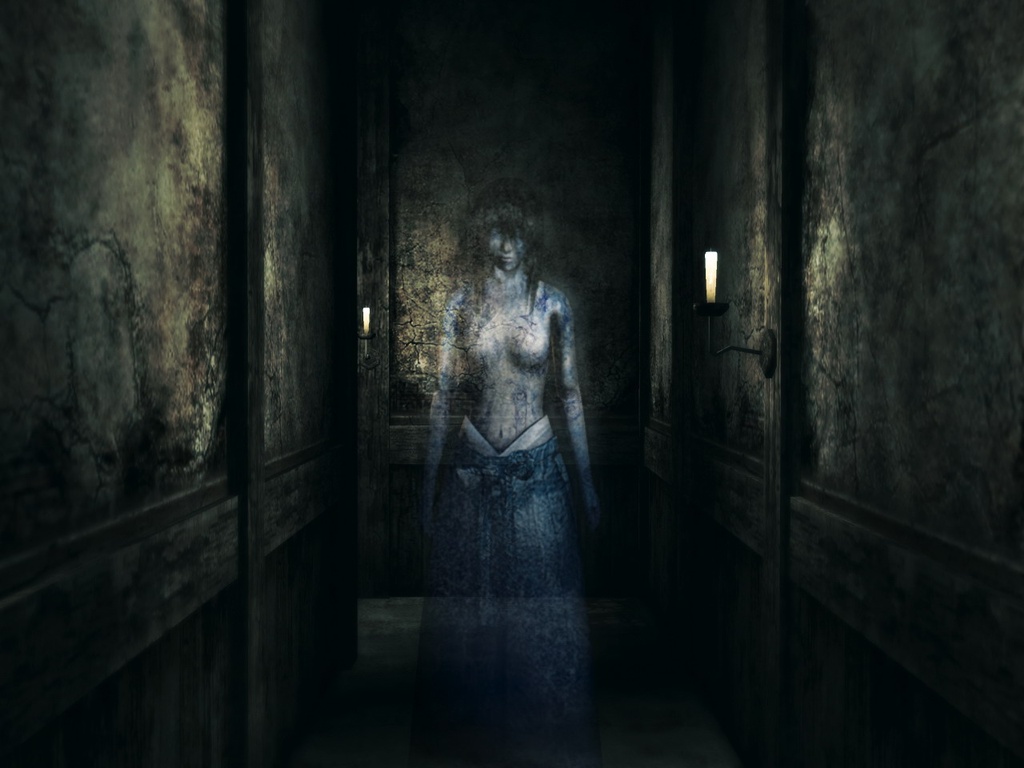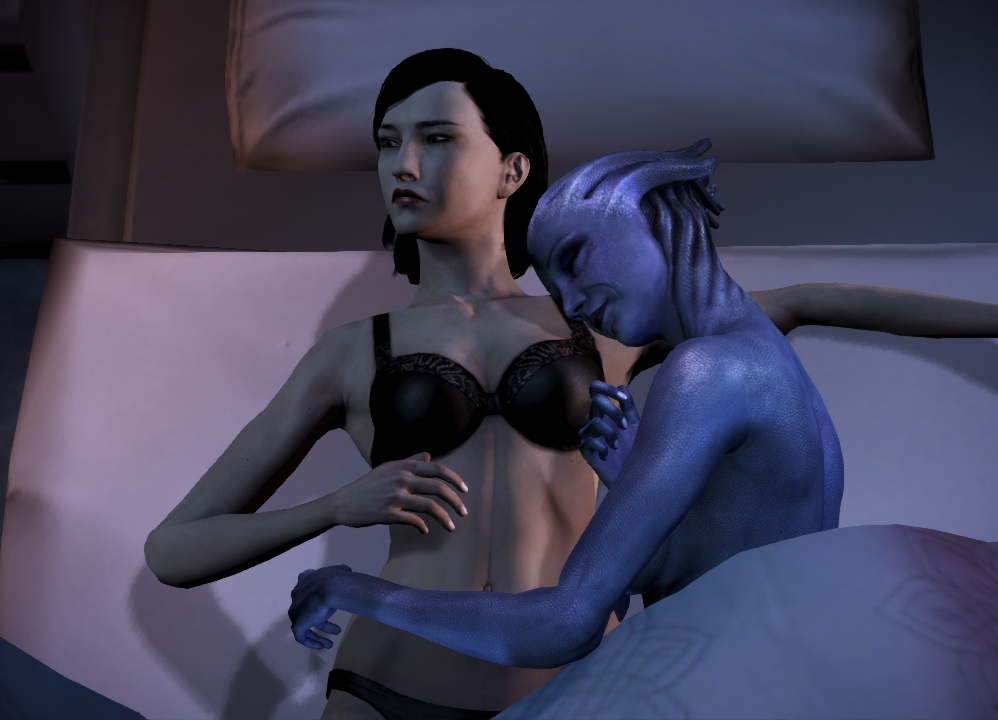Game of Thrones is known for its excessive female nudity and gruesome violence. But we seldom dive deeper than that, to ask how the show polarizes female nakedness as either a presentation of empowerment or shame. On one hand, there is Daenerys Targaryen, wife of Khal Drogo and one of the last Targaryens, who is the central figure in a highly empowering scene at the end of the show’s first season. The silver-haired Queen stands naked before a crowd that’s kowtowing before her. Her dragons, hatched overnight in a blazing fire which she survived, are curled around her body like decorative jewelry. Her upright position visually signifies her power, importance, and influence. Daenerys takes ownership over her body, a clear presentation of empowerment. However, this scene contrasts with the walk of atonement scene in season five. When paired together, these two scenes highlight the dichotomy I’m referring to.

At the end of the most recent season, Cersei Lannister, former Queen of Westeros, is forced to walk naked through the streets of King’s Landing, a punishment deemed appropriate by a group of religious fanatics. It’s a difficult scene to watch because, though Cersei is someone I love to hate due to her manipulative ways and hatred for her little brother, I don’t think she deserves it. When her expression turned to one of pain and humiliation, I felt sorry for her and wanted the brutal punishment to end. The scene turned my stomach. The unfiltered rawness of the scene speaks to a universal problem: the policing of female bodies and sexuality. Cersei’s very clearly not in possession of her own body. In this scene, her flesh belongs to the people of King’s Landing.
The women in these scenes, though starkly different from one another in the way in which their nakedness is presented, adhere to the Madonna/whore complex—that is, the long-held tradition of viewing women as either absolutely virginal or tainted—in very specific ways. Cersei’s assigned the role of the whore because of her incestuous relationship with her twin brother, a socially rejected relationship in her culture. There’s also the additional layer of motherhood. Because her children were born out of a socially rejected relationship, the very notion of motherhood as a pure and sacred concept becomes dirty and unnatural. She’s not only a shamed Queen, a woman who once held immense power, but also a shamed mother of three.

Daenerys, on the other hand, is held in higher esteem because she didn’t naturally conceive her dragon children, but a kind of unbelievable birth still takes place. The birth of her dragons is a miraculous thing because dragons were thought to be extinct in the fiction. With her silvery hair and young face, she’s pure and virginal looking, angelic even. The difference is that Cersei’s not in control of her body, but Daenerys is.
This dichotomy pops up frequently in popular culture, and videogames are far from immune. Uniquely, though, games call for action on behalf of the player. When a person watches a television show, they’ve taken on the role of passive participant in that they’re unable to step in and influence the story or characters. The plot itself has already been mapped out, set in stone. In videogames, the player sometimes has the option to intervene in a violent scene or alter the course of a narrative. There’s an element of morality there that weighs upon the active participant. Had Cersei’s walk of atonement been part of a videogame, the player may or may not have had the choice to cease the punishment and assist her.
In The Wolf Among Us, Nerissa, a stripper at a bar called the Pudding and Pie, is a videogame character that has little control over her body. The stripper stereotype, the idea that people who show their bodies for a living are less valued and replaceable, gets reinforced because she’s treated as subhuman and inferior, a point that Georgie, the mouthy owner of the Pudding and Pie, drives home when he berates her as she’s dancing on a pole. He tells her that she needs to smile more, that she’s dancing poorly, and so on. It’s reflective of the idea that Nerissa’s body isn’t her own and requires some form of policing. Though she’s standing on a raised platform, unlike Daenerys and her elevated position, Nerissa’s anything but empowered in this scene. After being humiliated on the pole, she reveals to the protagonist that she was previously known as “The Little Mermaid,” which illustrates her transition from magical creature to subhuman nothing. Similar to Cersei’s predicament, Nerissa is broken down and victimized. The Wolf Among Us is full of deliciously complex characters and expertly illustrated scenes, but all too often its female characters are victims or controlled in some way, and the scenes tend to be about their victimization.

This trend of disposable women, which is more common than not in videogames, continues in the third installment of the Max Payne franchise. There’s a scene in which Max, the game’s vigilante protagonist, enters a strip club and is given the option to kill female dancers. Though Max can kill random NPC’s (non playable characters) throughout the game, the killing of these female characters is problematic because they’re women of little to no value operating in a male sphere. While Max conducts business in the strip club, there are numerous shots where the camera caters to the male gaze as it sweeps across a woman’s voluptuous bottom. When the camera pulls back, the naked woman is still visible in the background. Though the camera, something of a voyeur, moves back from an invasive and intimate shot of the woman’s backside, it still focuses on her from afar, supporting the trope of women as background decorations. Once again, these women are not in control of their bodies.
There are other forms of policing in different games, but some are more subtle in their demonstration. In Fatal Frame III, a game about malicious spirits that roam about a strange manor, Reika Kuza, the main antagonist, is topless and yet she has no nipples. This is a form of censorship, which reinforces the idea that a woman’s upper body is a highly sexualized area and therefore needs policing. Though she’s the most powerful enemy in combat, the censoring of her nakedness retracts from it being a presentation of empowerment. There are a couple of cinematic scenes in which a phantom light hits Reika’s chest, highlighting the roundness of her breasts and drawing attention to that area. It’s hard to miss or ignore, but why draw attention to her nakedness if it’s just going to be censored in the first place and not celebrated as something empowering?

There are a few inklings of light in the presentation of female nakedness in videogames. Though more positive and unapologetic portrayals of female nakedness would be ideal, the Mass Effect franchise handles female nakedness in a surprisingly mature and respectful manner. The characters in the well-known space opera are fully fleshed out and not at all disposable. They like sex and they’re comfortable enough to get naked with Shepard, the game’s central character. The importance lies in the fact that it’s their choice and not anyone else’s. These healthier displays of female nakedness in videogames are a refreshing change in a medium that contains overly sexualized women intended for the male gaze. If games could create a more powerful means of interacting with these concepts, it would make for better games and it would open about dialogue about sex and or body positive conversations.
